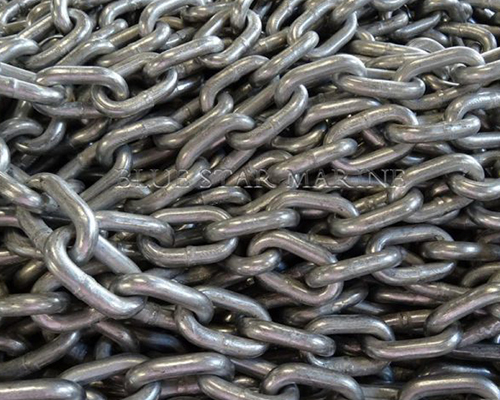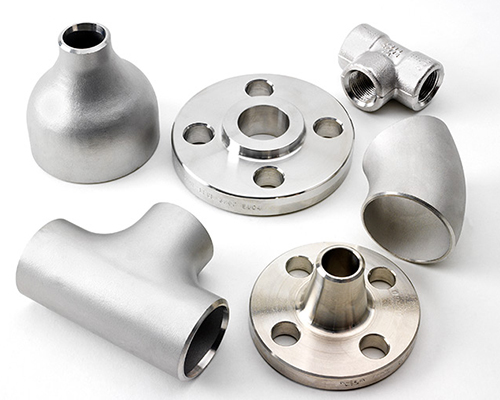- Welcome To Red Sea Eagle Company
- 00201025947845
- 00201013686542
- supply@redseaeagle.com
Fire Extinguishers

Different Types of Fire Extinguishers Used on Ships
The types of fire extinguishers used on board ships depend on the types of fire on a ship and the material which is acting as fuel. As fires are classified on the basis of the kind of fuel which sources them, fire extinguishers are also classified on the same grounds.
The firefighting system and fire extinguisher types on board ships can be classified into three category:
1-Portable fire extinguisher 2-Semi-portable fire extinguisher 3-Fixed type fire fighting equipment onboard ship
There are 5 different classes of fire on board ship as per SOLAS. This makes it easy for the crew to act immediately by choosing the correct type of fire extinguisher on a particular class of fire on board ship. A portable fire extinguisher is one of the most convenient and speedy ways to fight the fire on ships.
There are five main portable marine fire extinguisher classes:
Class A: These types of fire extinguishers are used in fires which are a result of the burning of wood, glass fibre, upholstery, and furnishing. Usually, Water, DCP and Foam fire extinguishers smother the Class A fire by removing the heating factor of the fire triangle. Foam agents also help in separating the oxygen part from the other aspects.
Class B: These fire extinguishers are used for fires which occur from fluids such as lubricating oils, fuels, paints, cooking oil etc. A portable co2 fire extinguisher or a portable dcp extinguisher can be used in this class.
Class C: Fires resulting from involvement of energized electrical equipment such as motors, switches, wiring etc are extinguished by Class C type of fire extinguishers. Usually, CO2 or DCP portable fire extinguisher is used in such fires.
Class D: Fires occurring as a result of combustible materials such as magnesium and aluminium are extinguished by this type of fire extinguishers. These elements burn at high temperatures and will react vigorously when coming in contact with water, air, carbon dioxide and/or other chemicals. For extinguishing this class of fire, Dry Powder extinguishers are used which is similar to dry chemical besides they extinguish the fire by isolating the oxygen from the fuel or by eliminating the heat factor of the fire trian The dry powder extinguishers are only used for class D fires and they cannot be used for other classification of fire on board ship.
Class E: This type of fire extinguisher on a ship is used for subsiding fire resulting from any of the above-mentioned materials along with high voltage electricity. Hence, if a portable extinguisher with a conductive agent is used for fighting the class E fire, it may lead to a risk of shock to the operator. CO2 or DCP portable fire extinguisher is used in such fires.
Read more about free spin bonus codes



